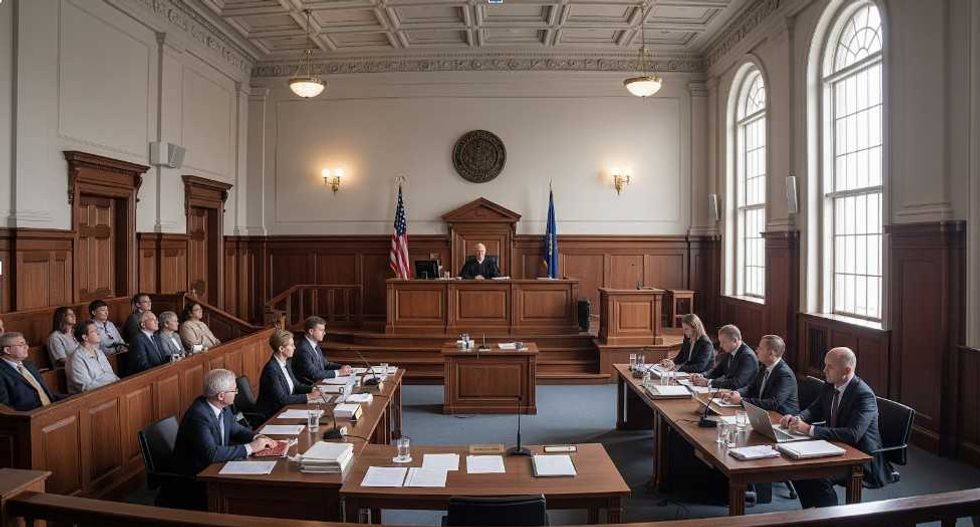Juan, a young man no older than 18, stood in front of the judge. The expression on his face showed that he had little understanding of the severity of his situation; he just looked like the kid that he was. His father, on the other hand, looked as helpless and heartsick as any father would upon seeing his son in handcuffs. The rings around his eyes were deep, his exhaustion apparent. He wore a yellow and baby blue collared shirt, blue jeans, and a pair of roughed up black boots. He looked much older than the middle aged man he was as he stood against the railing that divides those observing from those accused. His body trembled slightly as he wiped away the tears that began to spill down his face, as his son was escorted into the courtroom. He spoke little English, but with each word the judge said I could see his anguish deepen and his level of concern escalate. It seemed he might shatter. In discussion with the Legal Aid attorney afterward he was soft spoken and respectful, but his vulnerability was palpable. I sat there wondering if he knew what his son had been through in the past 24-48 hours.
For the most part, the general public is ignorant about what Juan faced in the hours before he appeared in court. I have no doubt that if anyone spent a night in jail it would be as terrifying, as it likely was for Juan.
This week I spent a day in Nassau County Arraignment Court shadowing Sylvia (a pseudonym), a Legal Aid Attorney. Together we visited the “pens”— the name for the cells used to hold those who are awaiting arraignment. I walked with Sylvia down the hallway to a heavy metal door with a large sign that read: “Sheriffs Department.” The door opened with a piercing screech that sent chills down my spine, but the absolute silence that followed its echo after the door had closed behind us was what truly altered the atmosphere around me. The severity and desolation of the situation became frighteningly real.
As we walked into the control room, a Corrections Officer stood behind a thick wall of bullet-proof glass. We were told to hand over phones, wallets, bags, and everything else in our possession aside from the clothes on our backs. I followed Sylvia down a series of hallways into the Pens, and the dungeon-like feel of that room dissolved any residual feelings of hope, happiness or safety. People were packed into cells like caged animals without any privacy whatsoever. Even the toilets were fully exposed. Men and women were held in the same area, only separated by a narrow hallway. Everything could be seen. Many lay on the hard cement floor, and the smell of decay, vomit and other bodily fluids hung in the air. None of them had showered since they had been arrested. All of them looked disheveled. I stood there half-listening to Sylvia as she explained the process of the arraignments, but all I could focus on were the people and how concerned they must have been about their future.
Last week I only observed arraignment court and did not see the deplorable conditions that the accused were subject to, so it was easy to detach myself from their fear and anguish. But the Pens changed that. These individuals, some as young as 16, were locked behind bars in conditions that seemed more suited for an animal in a zoo rather than a person waiting for their day in court. It is no wonder they are called the Pens.
Generally, very few of those in the pens have committed a violent crime, but no matter what the crime, they are still people. Juan was just a kid, yet he has been through experiences and conditions harsher than most adults could handle. I was in the Pens for all of five minutes and I had seen enough of them to last me a lifetime.





















